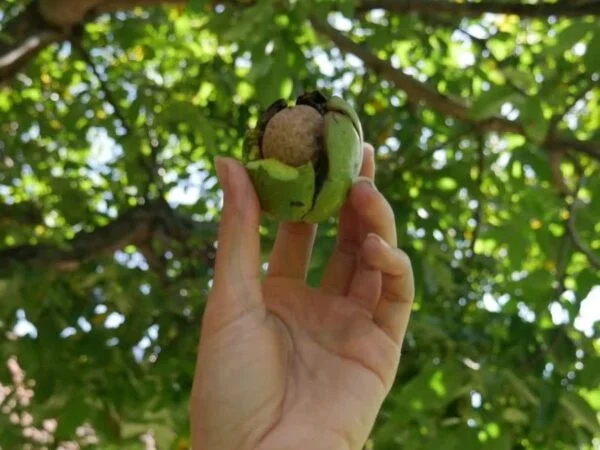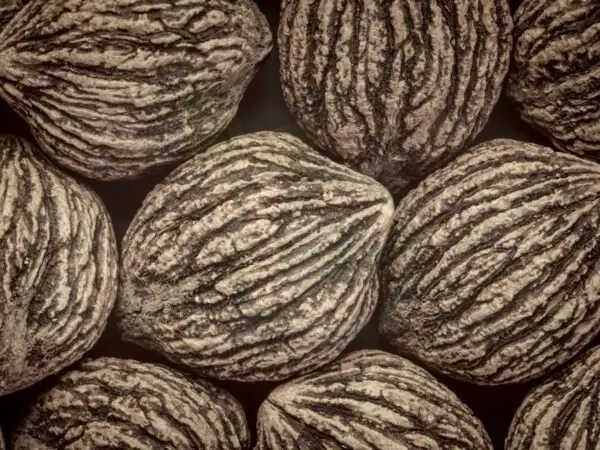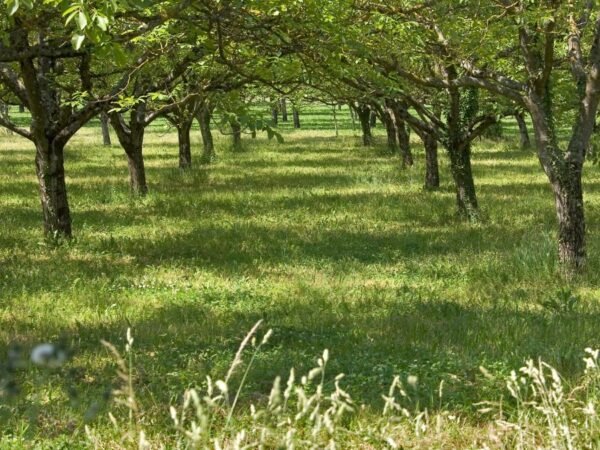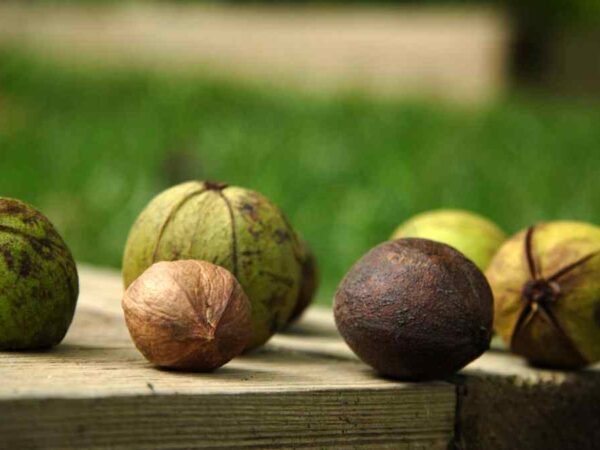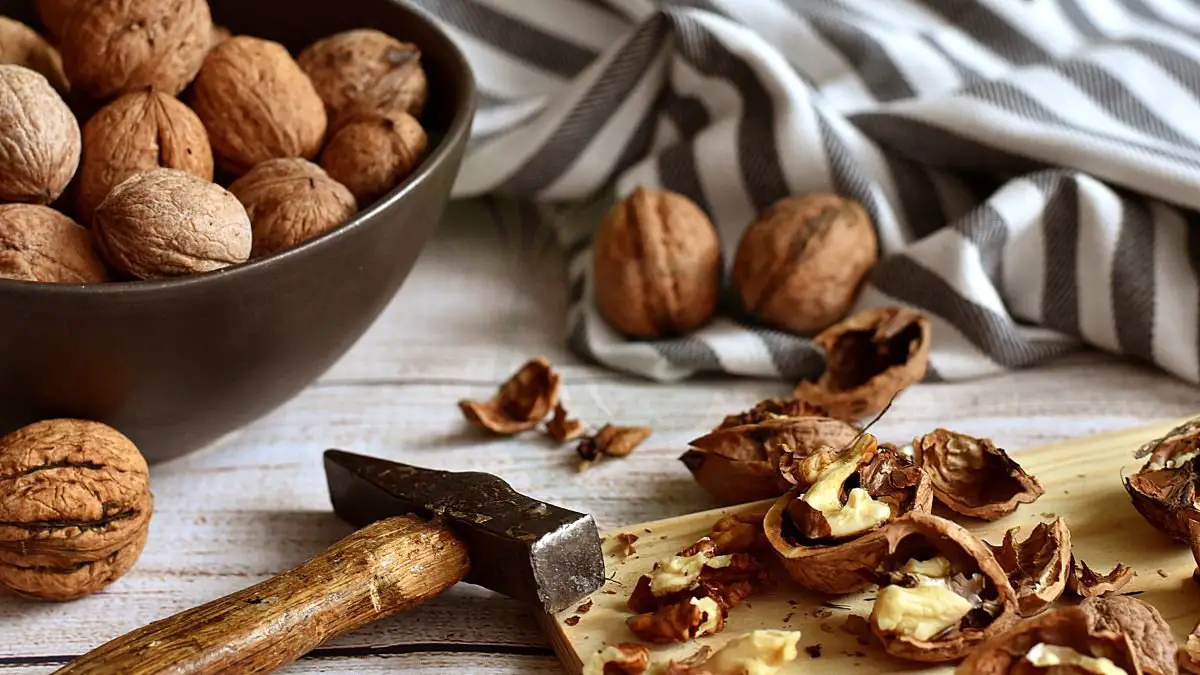
Cracking black walnuts can seem daunting, but with the right technique, it's entirely manageable. Whether you're a seasoned pro or a beginner, I can guide you through the process step by step.
To crack black walnuts effectively, start by placing them in a heavy-duty nutcracker or vise. Apply gradual pressure until the shell cracks open, being careful not to crush the nut inside. Alternatively, you can use a hammer and an anvil, placing the walnut on the anvil and gently tapping it with the hammer until it cracks. Once cracked, remove the shell to reveal the delicious nut inside. Experiment with different methods to find what works best for you.
If you're interested in learning more about harvesting, storing, and cooking with black walnuts, I've got plenty of tips and recipes to share. Stay tuned for more insights into making the most of this unique and flavorful nut!
Key Takeaways
- Prepare Properly: Before cracking black walnuts, ensure you understand their characteristics and how to prepare them for the cracking process.
- Choose the Right Tool: Selecting the appropriate tool for cracking black walnuts can make the process more efficient and successful.
- Master Cracking Techniques: Learn and practice different cracking techniques to crack black walnuts effectively without damaging the nut inside.
- Optimize Efficiency: Implement efficient cracking tips such as applying consistent pressure and using controlled force to crack the nuts swiftly.
- Prioritize Safety: Always follow safety precautions like wearing protective gear and using tools carefully to prevent accidents during the cracking process.
- Utilize Cracked Walnuts: After cracking, make the most of the cracked walnuts by incorporating them into various dishes or storing them properly for future use.
Preparing for Cracking
Removing Hulls
To efficiently remove the hulls from black walnuts, master the techniques like soaking and drying. Allow the husk to rot off naturally for enhanced ease of removal. The manual peeling method can be time-consuming but may result in a cleaner nutmeat.
When it comes to flavor, the husk removal process plays a crucial role. The natural rotting process can enhance the nutmeat's taste by imparting a unique earthy flavor. On the other hand, manually peeled walnuts may have a milder taste due to less exposure during processing.
Drying Techniques
Various drying methods are available to prepare black walnuts for cracking. Air-drying or using dehydrators are common techniques. Drying black walnuts for several months can make them easier to crack as the moisture content decreases significantly.
Patience is key in the drying process when preparing black walnuts for cracking. Rushing this step can lead to difficulties in cracking the nuts and may affect the quality of the nutmeat. Optimal results are achieved when walnuts are dried slowly and thoroughly before cracking.
Choosing the Right Tool
Nutcracker Types
Nutcrackers come in various types suitable for cracking black walnuts efficiently. Lever action nutcrackers offer controlled cracking, ensuring intact nutmeat. Understanding different nutcracker types is crucial for efficient black walnut cracking.
Hammer Method
Master the hammer method to crack black walnuts precisely without damaging the nutmeat. Proper technique is essential when using a hammer for cracking black walnuts. Compare the efficiency of the hammer method with using a nutcracker for cracking black walnuts.
Cracking Techniques
Using Nutcracker
Using a nutcracker is an efficient way to crack black walnuts. The tool provides a mechanical advantage by exerting pressure on the nut's shell. This method helps recover more nutmeats intact from the tough shells of black walnuts.
- A nutcracker offers a controlled way to exert force on the hard shell, minimizing damage to the nutmeat.
- By positioning the black walnut properly in the nutcracker, you can maximize the force applied for cracking.
- Twist the nutcracker gently but firmly to break through the shell without crushing the nutmeat inside.
Hammer and Block
The hammer and block technique is another effective way to crack black walnuts. By using a solid block as a base, you can prevent excessive damage to the delicate nutmeat inside.
- Place the black walnut on a solid surface or block that won't shatter upon impact.
- Use a heavy hammer to strike firmly but not too forcefully on the black walnut shell.
- Aim for controlled strikes to crack open the shell without smashing the edible part within.
Efficient Cracking Tips
Begin by seeding your lawn with a few of these winning grasses. Then, you can enjoy a lush, green lawn extended to the horizon. After all, a well-manicured garden is the first thing that visitors notice.
The sentence above is an example of a passive construction. To strengthen your writing, try to make it more direct and concise. Instead of saying "the walnut was eaten by me," say "I ate the walnut." This way you are being more specific and clear in your writing.
After Cracking Care
Cleaning Nutmeats
Cleaning black walnut nutmeats is crucial post-cracking to ensure edible and debris-free results. Begin by gently removing any remaining shell pieces from the nutmeats. Use precision to avoid damaging the delicate flesh inside. To prepare the cleaned nutmeats for consumption or storage, rinse them under cold water. Pat them dry with a clean cloth to remove excess moisture.
Separating Shells
Efficiently separating shells from black walnut nutmeats requires finesse and patience. Start by gently prying open the shells to retrieve the intact nutmeats within. Avoid using excessive force to prevent crushing or breaking the nuts during this process. To avoid damaging the nutmeats, carefully separate the shells while ensuring minimal impact on the edible part inside.
Using Cracked Walnuts
Recipe Ideas
Get inspired with creative recipe ideas using cracked black walnuts. Incorporate them into both sweet and savory dishes to enhance flavor profiles. Try adding them to salads, baked goods, or even as a crunchy topping for ice cream.
Explore a variety of recipes that feature black walnuts as a key ingredient. From walnut-encrusted chicken to walnut-studded brownies, the possibilities are endless. Experiment with different cuisines and cooking techniques to make the most of this versatile nut.
Discover new ways to incorporate the rich flavor of black walnuts into your culinary creations. Whether you're making pesto, granola bars, or simply sprinkling them over oatmeal, these nuts add a unique depth of taste. Let your creativity shine in the kitchen with these flavorful additions.
Storage Tips
Learn valuable tips for storing cracked black walnuts to maintain their freshness. Store them in an airtight container in a cool, dark place to prevent them from turning rancid quickly. Avoid exposing them to heat or sunlight, which can degrade their quality.
Explore different storage options such as refrigeration or freezing for long-term preservation. If you won't be using the walnuts right away, consider freezing them in an airtight bag to extend their shelf life. Thaw them at room temperature before using them in recipes.
Discover how proper storage can extend the shelf life of cracked black walnuts. By keeping them away from moisture and light, you can enjoy their rich flavor for longer periods. Regularly check stored walnuts for any signs of spoilage and discard any that appear moldy or off.
Troubleshooting
Broken Nutcrackers
Nutcrackers can break due to excessive force applied or poor quality materials used. To fix broken nutcrackers, consider repairing them with sturdy materials or replacing them altogether. Prevent future breakage by handling nutcrackers gently and storing them properly.
Damaged Nuts Nuts may get damaged if too much pressure is applied during cracking or if the nuts are old and dry. Salvage nutmeats from damaged nuts by carefully removing any shell debris. Minimize damage by adjusting cracking pressure and ensuring nuts are fresh before cracking.
Closing Thoughts
You've now mastered the art of cracking black walnuts! By understanding the process, choosing the right tools, and following efficient techniques, you can enjoy the delicious rewards of your labor. Remember to prioritize safety and proper care post-cracking to make the most out of your harvested walnuts.
Now it's time to put your newfound knowledge into action. Gather your tools, select the perfect black walnuts, and start cracking! Your efforts will be rewarded with fresh, flavorful nuts that you can use in various culinary creations. Share your experiences with others and spread the joy of cracking black walnuts!
Frequently Asked Questions
How do I prepare black walnuts for cracking?
To prepare black walnuts for cracking:
- Collect fresh, firm nuts
- Remove any debris and husks
- Rinse the nuts under cold water
- Dry them thoroughly before cracking
Can I crack black walnuts without a special tool?
While it's possible to crack black walnuts without a special tool using a hammer or vise, it's recommended to use a nutcracker designed for black walnuts for efficient and safe cracking.
What are some safety precautions to follow when cracking black walnuts?
When cracking black walnuts, remember these safety precautions:
- Wear gloves to protect your hands
- Use eye protection to prevent injury
- Crack nuts in a controlled manner to avoid accidents
How should I store cracked black walnuts?
Store cracked black walnuts in an airtight container in a cool, dry place away from sunlight. You can also freeze them for longer shelf life. Enjoy the freshness by using them in various recipes.
What are some troubleshooting tips for difficulties in cracking black walnuts?
If you encounter difficulties in cracking black walnuts, try these troubleshooting tips:
- Adjust the pressure when using the nutcracker
- Ensure the nut is properly positioned for cracking
- Experiment with different techniques until you find what works best
Image Source: Paid image from CANVA

